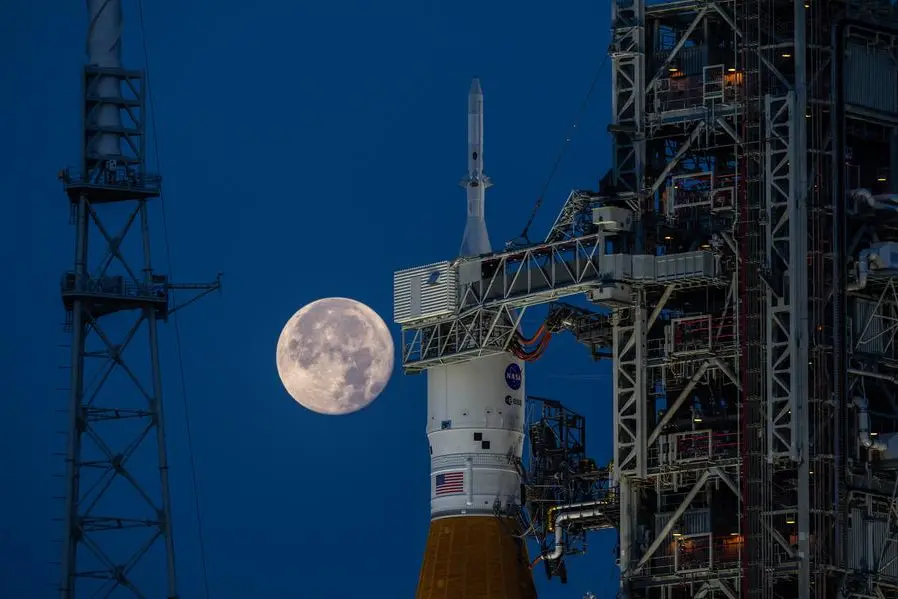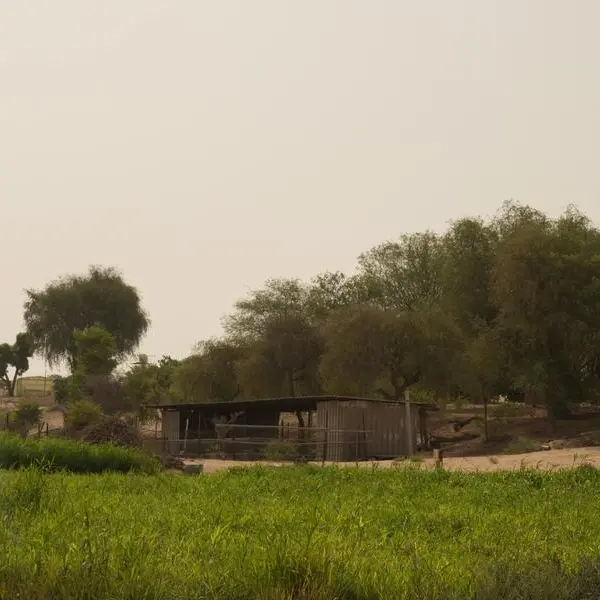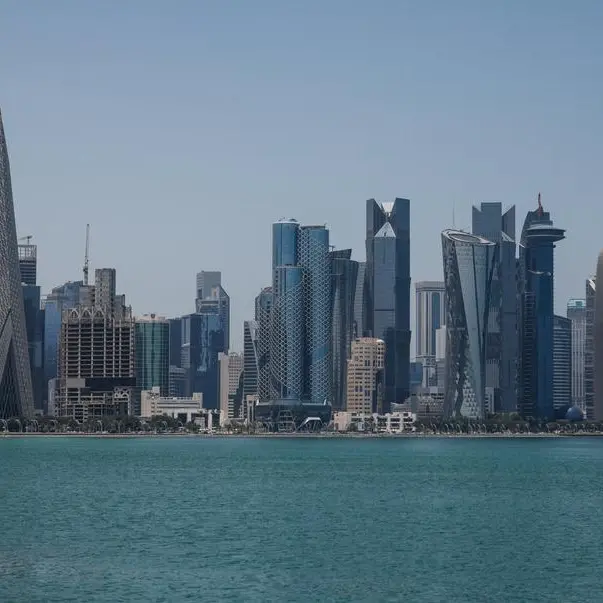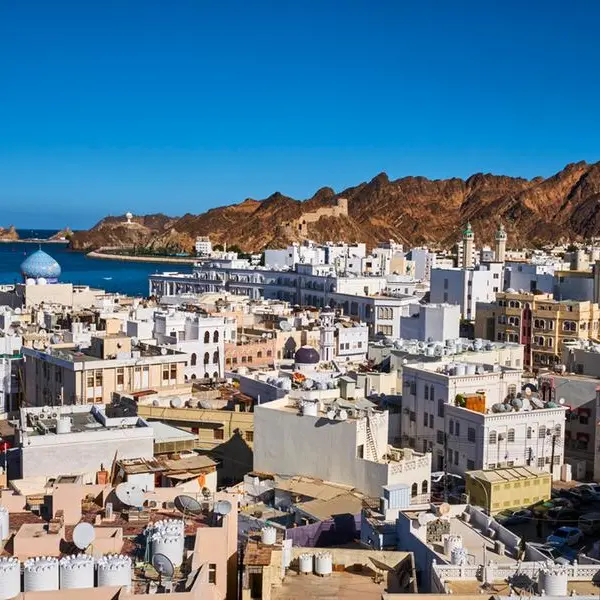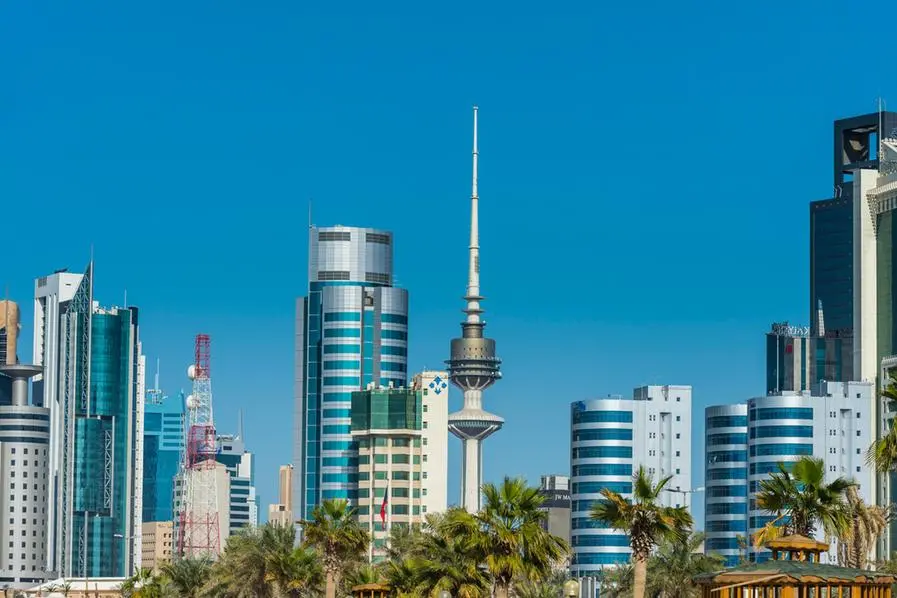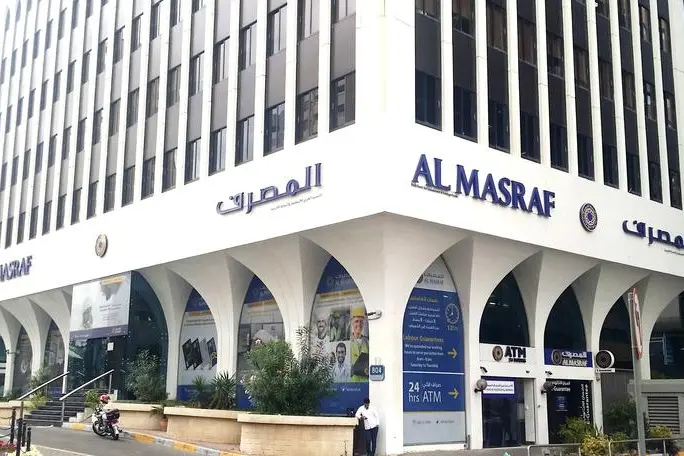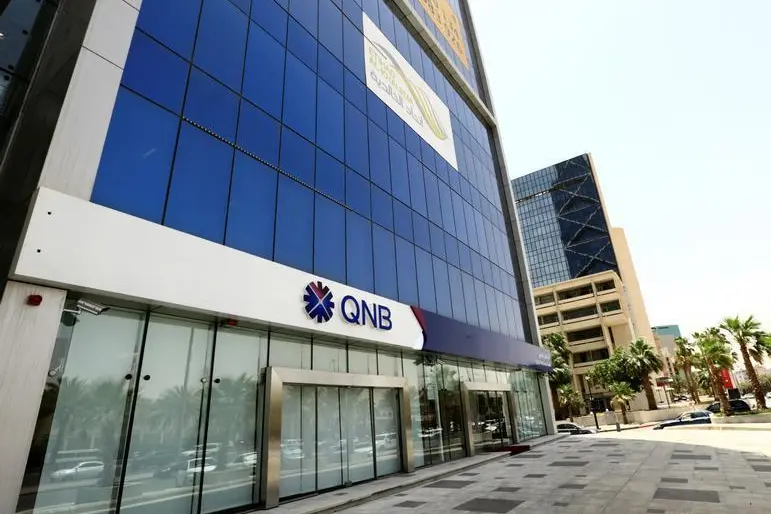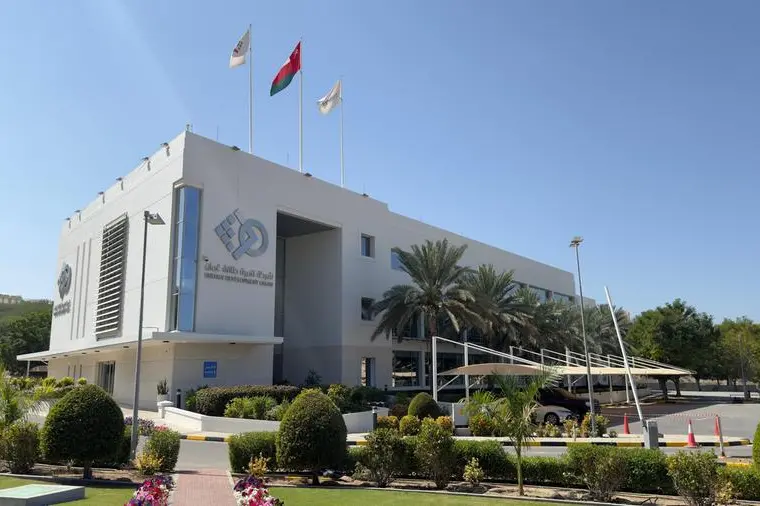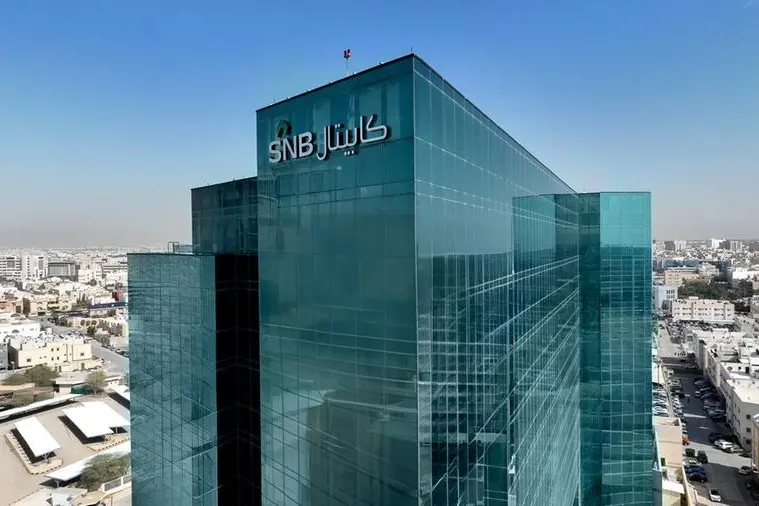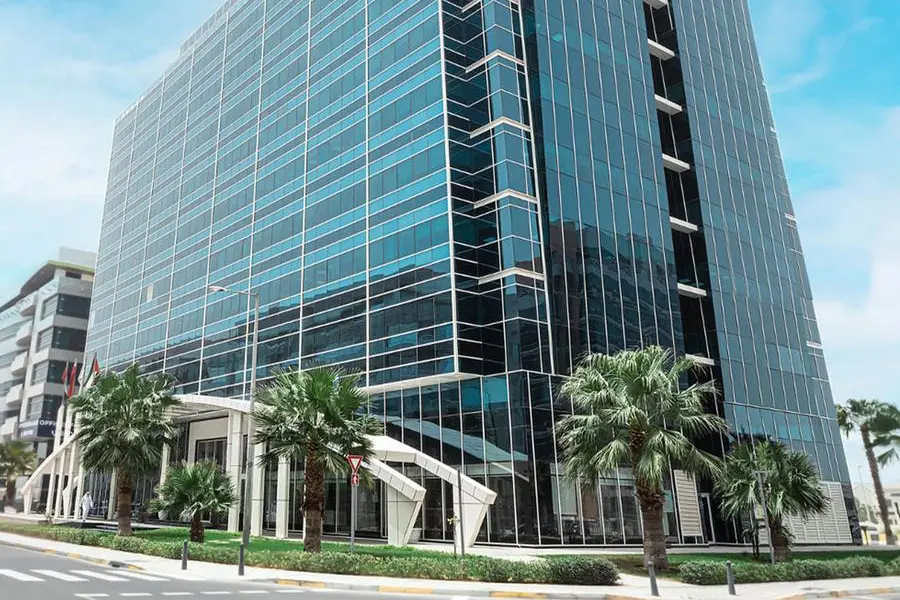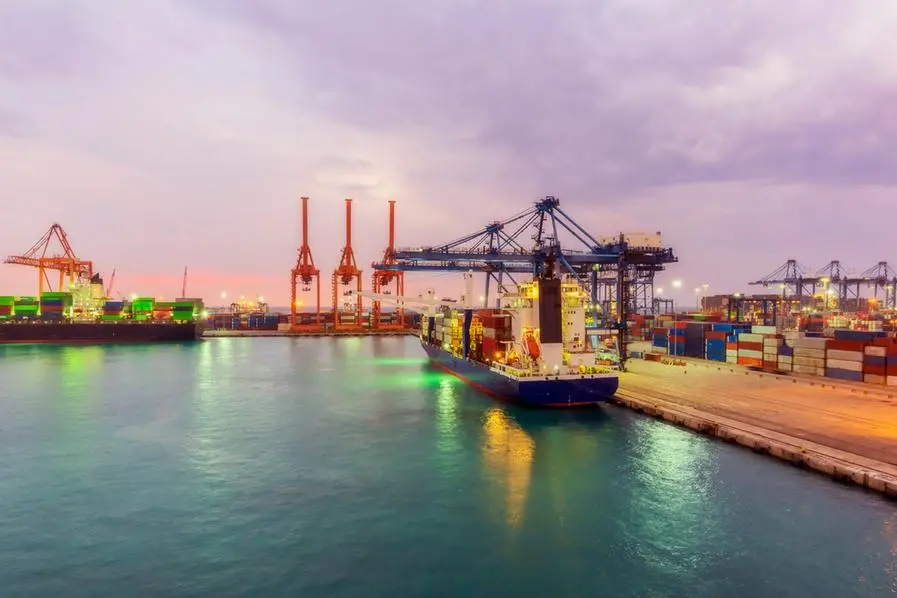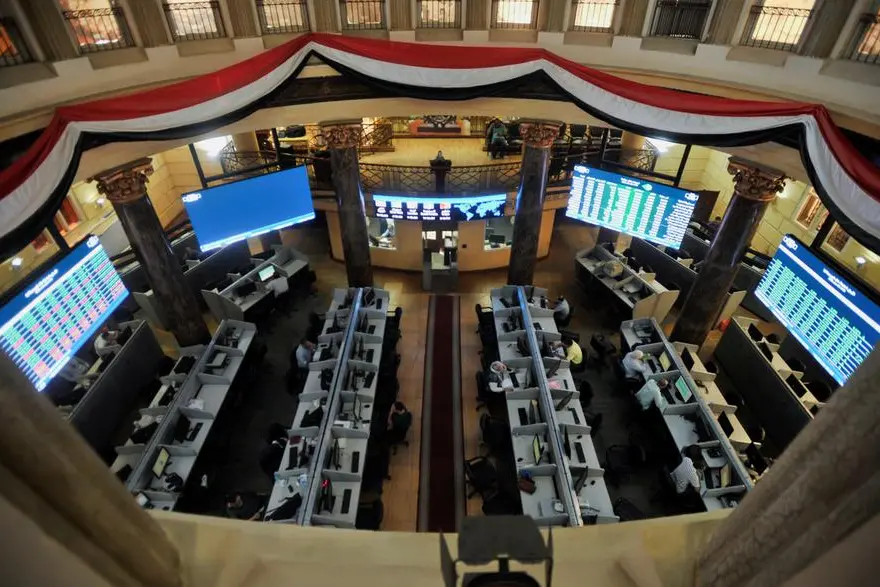PHOTO
The UAE has announced its collaboration with the US-based National Aeronautics and Space Administration (NASA) on the Lunar Gateway Station project, humanity’s first space station that will orbit the Moon.
The lunar space station will support long-term exploration of the Moon under NASA’s Artemis project, which is focused on returning humans to the lunar surface and establishing sustainable long-term missions.
The international project will see a joint collaboration between the UAE, the US, Japan, Canada, and the European Union, which will also include sending the first Emirati astronaut into lunar orbit.
UAE President Sheikh Mohamed bin Zayed Al Nahyan spoke during the announcement, held at Qasr Al Watan in Abu Dhabi, quoted by the state-backed news agency as saying: “The UAE’s participation in this international project reflects our commitment to promoting partnerships with the world that contribute to the advancement of knowledge and progress for humanity.”
Sheikh Mohammed bin Rashid Al Maktoum shared details about the mission, stating: “A significant mission awaits us in this project that represents a groundbreaking initiative for humanity’s return to the Moon, landing on its surface and establishing it as a base for future missions toward Mars. The Emirati team alongside other international teams, are capable of accomplishing this mission, and we will support them by providing all the necessary resources.”
Airlock module
The UAE will be responsible for developing the lunar space station’s Crew and Science Airlock, a component for maintaining a safe environment for astronauts. This unit will act as a portal of the station, serving as the entry and exit point for missions and astronauts travelling to the Moon’s surface from the station.
The UAE will also undertake the management and operation of the station through the Mohammed Bin Rashid Space Centre (MBRSC).
The station will also double as a space laboratory, enabling a range of scientific and technical experiments, and will have a minimum lifespan of 15 years, which is subject to extension.
The first elements of Gateway are expected to be launched by 2025, while the Emirates Airlock is scheduled to be launched by 2030.
UAE’s space mission
This latest cooperation on Gateway builds on NASA’s and UAE’s previous human spaceflight collaboration. In 2019, Hazzaa Al Mansoori became the first Emirati to fly to space during a short mission to the International Space Station, in which he collaborated with NASA to perform experiments and educational outreach.
A second Emirati astronaut, Sultan Al Neyadi, launched to the space station in 2023 on NASA’s SpaceX Crew-6 mission, where he participated in the floating laboratory’s scientific research that advances human knowledge and improves life on Earth.
The UAE currently has two additional astronaut candidates in training at NASA’s Johnson Space Center in Houston. NASA has also worked with UAE on Mars research and human research and analog studies to support mutual exploration priorities.
In 2020, the United States and UAE were among the original signers of the Artemis Accords, which are a practical set of principles to guide space exploration cooperation among nations participating in NASA’s 21st century lunar exploration programme.
(Writing by Bindu Rai, editing by Brinda Darasha)
